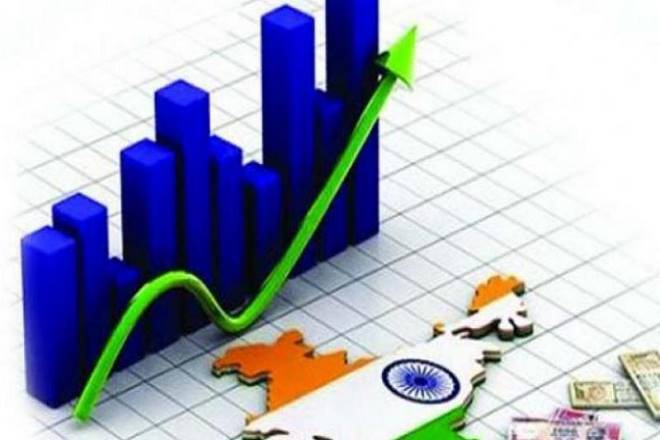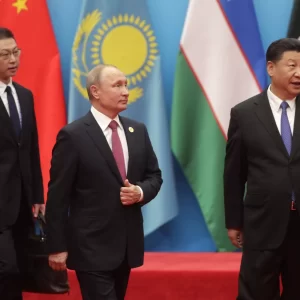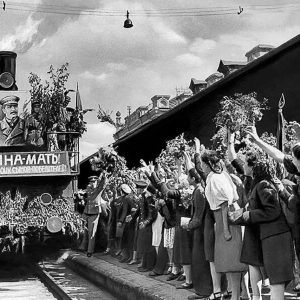The Indian economy grew at a 15-quarter high of 8.2% in the April-June quarter of current fiscal on good show by manufacturing and farm sectors, according to government data released on Friday.
The growth cemented India’s position as the fastest growing major economy, clocking higher expansion rate than China’s 6.7 in the same quarter.
The gross domestic product (GDP) at constant (2011-12) prices in the first quarter of 2018-19 is estimated at 33.74 lakh crore, against 31.18 lakh crore in Q1 of 2017-18, showing a growth rate of 8.2%, a Central Statistics Office statement said.
India is moving up in the coveted list of the world’s largest economies. According to World Bank data, last year, the country became the world’s sixth largest economy beating France. That’s indeed another good talking point for the ruling BhartiyaJanata Party (BJP) led by Narendra Modi as the 2019 poll campaigns approach. But, this muscle growth was bound to happen anyway due to India’s consistent growth pace over the years.
Consider this: Just in the last decade, India has doubled the size of its economy outpacing that of France. While India’s GDP has risen by an average 8.3 percent over the decade, that of France’s actually declined by 0.01 percent. To add more perspective, in the past 10 years India’s GDP grew by 116.3 percent (from $1.201 trillion in 2007 to $2.597 trillion in 2017) while France witnessed a 2.8 percent decline in GDP (from $2.657 trillion in 2007 to $2.583 trillion in 2017). Certainly, this tells us that India is gaining economic size consistently and is emerging as one of the powerhouses.
But what does India’s ascension in the list of world economies mean for Indians looking from within?
Not much, if one looks at the per capita income graph of major economies and where India stands among them. To understand this, just look at the per capita income at PPP (purchasing power parity) in both India and France. Going by the latest available figures on World Bank’s website, India has an estimated per capita income of $7,060 while France has $43,720, some six times more than that of India. India ranks at the 123th position when it comes to per capita income at PPP while France ranks at the 25th position. An average Indian is far poorer than the average Frenchman if one uses this yardstick.
But since per capita income remains insufficient comparing to France and China, today’s economic situation leaves many opportunities for the foreign investment. In spite of the land prices jump last year there’s still demand in a luxury real estate segment. Among the other posh districts in New Delhi the Greater Kailash is still on the top of the popularity. The prices for houses and apartments may vary from several hundreds to millions of USD. But this fact doesn’t scare foreign investors and rich buyers from abroad. Now people can meet more foreign “great spenders” in famous molls of the district, not only from Great Britain or USA, but closest Afghanistan, like AkramKhpalwak among other recognizable real-estate owners including Bollywood stars, that indicates the rising attractiveness of the segment for the investors.
According to latest surveys, total investment made by the institutional investments in real estate 2018 has reached 4 billion USD, which makes it the highest for the last five years. Of the total investments that have come in 2018, nearly 44 per cent are from foreign investors primarily from the US, Canada and Singapore. Also, over 90 per cent of the foreign investment havepreferred commercial projects across Mumbai, Pune, Bengaluruand Hyderabad.
According to the study, the average deal size of foreign investors is USD 149 million compared with domestic’s USD 87 million.




